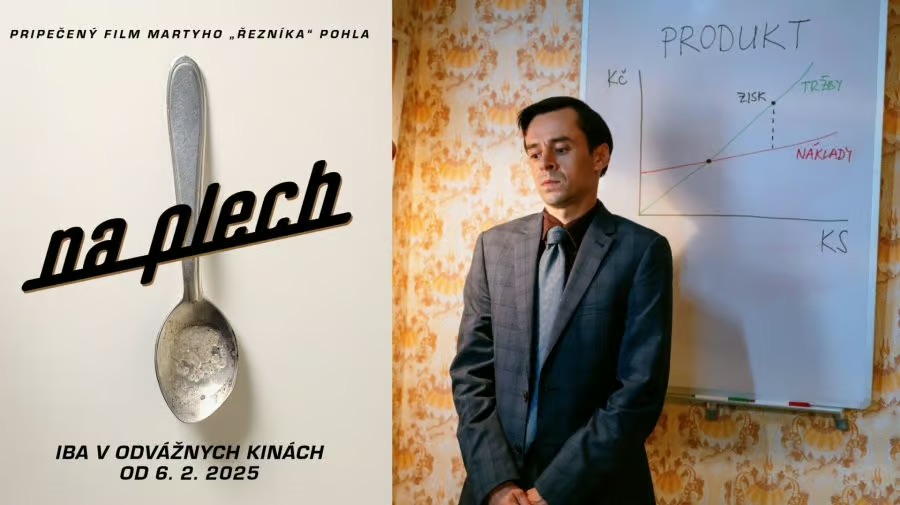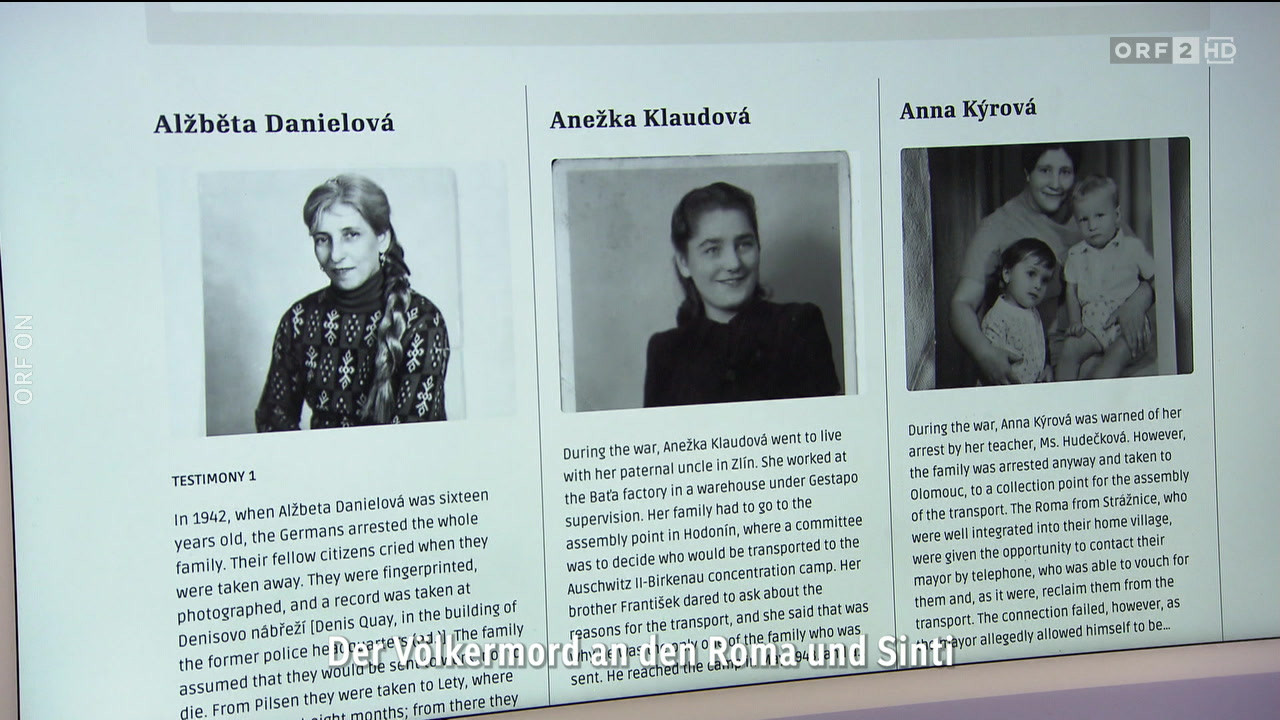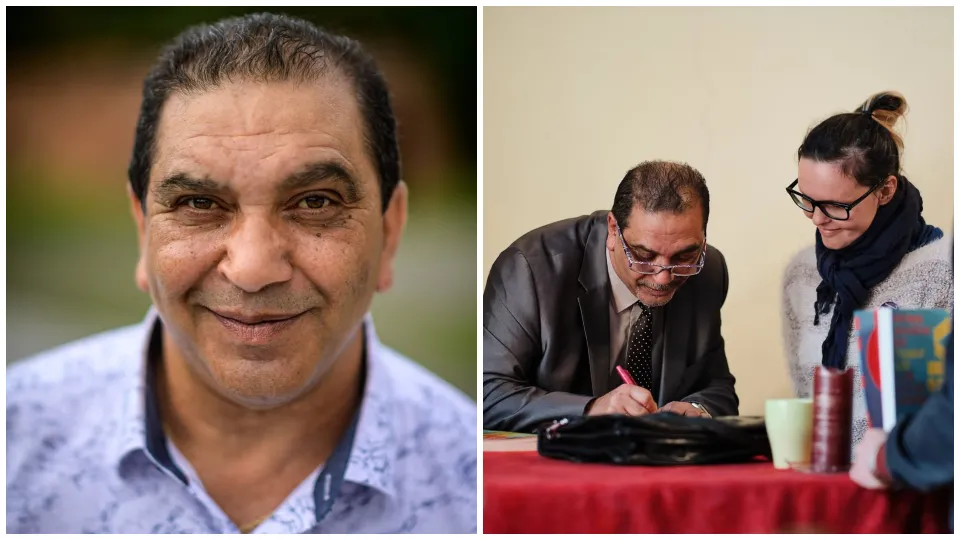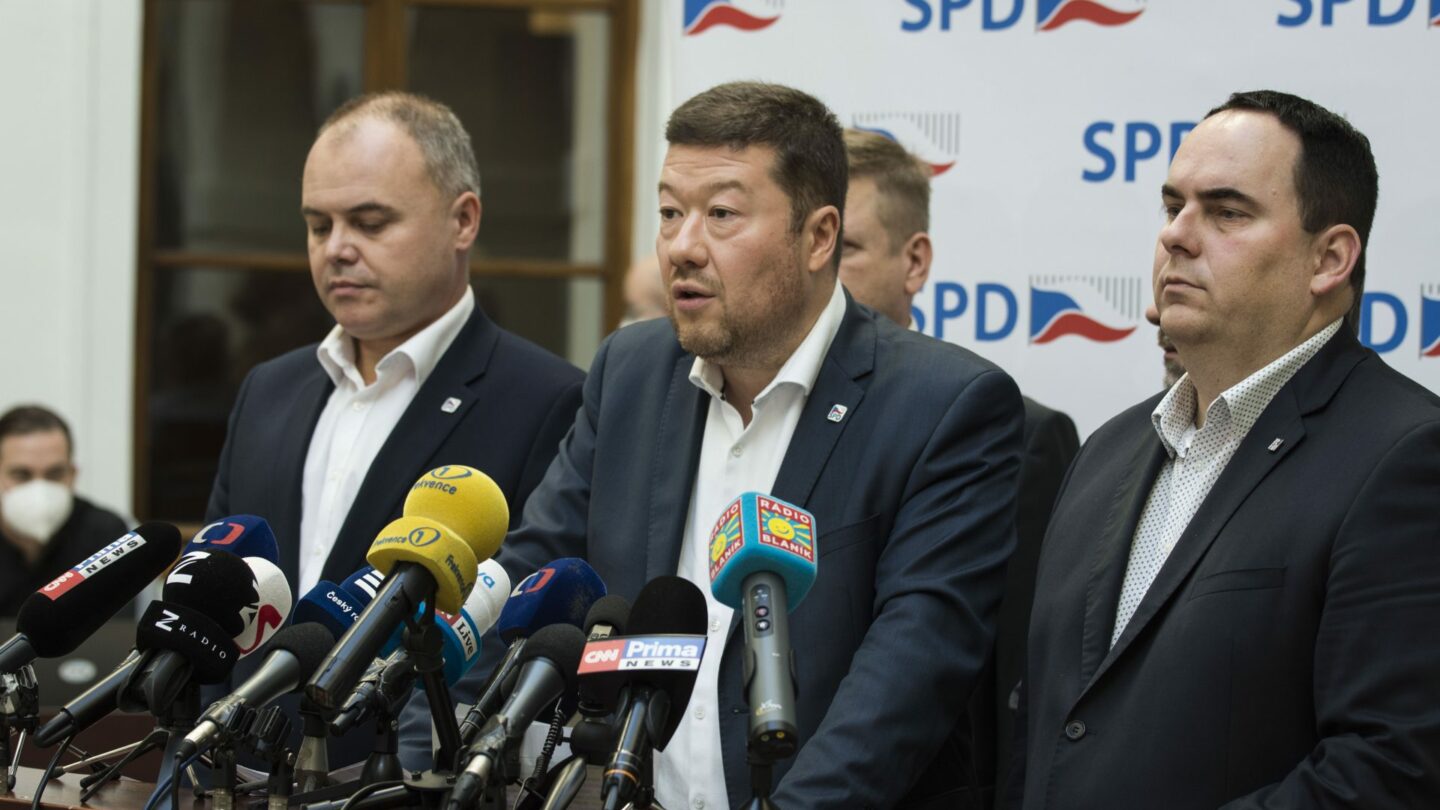The Slovak Spectator (2014) reports on a new study by the Slovak organization “People in Need Slovakia”. According to the research of the organisation, segregated Rroma in Slovakia, aged between 16 and 25 as well as 25 and 35 years are particularly affected by human trafficking for forced labour, organised begging and forced prostitution: “According to Timea Stránska, head of the organisation, Roma are abused, especially for forced labour, mostly in countries like Great Britain, the Czech Republic and Germany. “In Great Britain this concerns especially cities like Peterborough, Sheffield, Leicester, Derby and Birmingham,” Stránska said, as quoted by the TASR newswire. Another revelation shows that victims of human trafficking are lured while in the settlements after meeting with traffickers. “Often it also happens that the victim is recruited by their distance relatives or someone from their surroundings,” Stránska added. Except for forced labour, the human trafficking victims are also abused for prostitution and begging. In cases of children, there are mostly cases when young Roma girls are forced to be prostitutes.” The characteristics of transnational operating trafficker networks, as presented here, are being questionned by social science research. Their existence itself is not denied but their manifestation, their numbers, omnipotence, and the motivations attributed to them have to be questioned. Ideological fallacies are brought into connection or even equated with ethnic groups such as the Rroma in this context. Regarding the de facto human trafficking, social science studies convey a more complex notion of the subject. These studies point out the analysis of crimes such as incitement to beg and steal and forced migration for indentured labour is often permeated by various definitions and morals in and assessment by authorities and aid organizations, who don’t appropriately consider the perspective and motivations of migrating persons, and instead force on them their own ideas about organised begging, criminal networks or human trafficking. Structural differences of the societies involved and resulting reasons for a migration are given too little consideration, as well as the agency of migrants themselves (compare Augustin 2007, Oude Breuil et al 2011, Tabin et al 2012).
- Augustin, Laura Maria (2007) Sex at the Margins: Migration, Labour Markets and the Rescue Industry. London/New York: Zed Books.
- Oude Breuil, B.C., Siegel, D., Reenen, P. van, Beijer, A. & Roos, Y.B. (2011) Human trafficking revisited: Legal, enforcement and ethnographic narratives on sex trafficking to Western Europe. In: Trends in organized crime, 14, 30-46.
- Tabin, Jean Pierre et al. (2012) Rapport sur la mendicité « rrom » avec ou sans enfant(s). Université de Lausanne.
- The Slowak Spectator (2014) Segregated Roma the most frequent victims of human trafficking. In: The Slowak Spectator online vom 14.10.2014. http://spectator.sme.sk/articles/view/55563/10/segregated_roma_the_most_frequent_victims_of_human_trafficking.html







